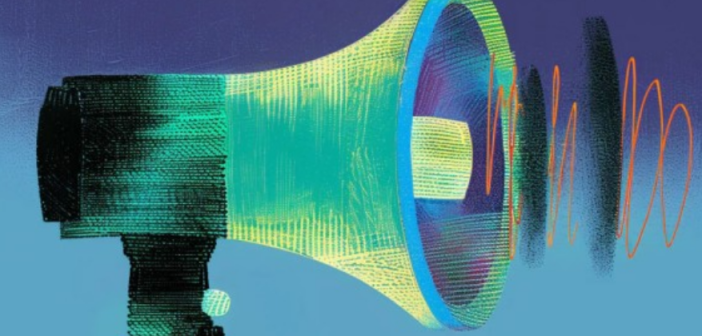The InfoFi Revolution is reshaping the digital landscape by merging marketing, artificial intelligence (AI), and cryptocurrency into a dynamic new sector called Information Finance (InfoFi). This movement empowers users to monetize their attention and content, challenging the exploitative data models of Big Tech giants like Meta and Google. Platforms like the Kaito Platform and Cookie DAO are at the forefront, enabling users to turn social media activity into capital through attention tokenization. But how does this work, and is the InfoFi Revolution a viable investment opportunity? Let’s dive into the mechanics of InfoFi and explore its leading players.
Understanding the InfoFi Revolution
The InfoFi Revolution introduces a decentralized approach to valuing user-generated content (UGC) and attention. Unlike traditional platforms where user data fuels corporate profits, InfoFi platforms like the Kaito Platform and Cookie DAO reward users for their contributions. By leveraging blockchain and AI, these platforms create ecosystems where attention becomes a tangible asset. The InfoFi Revolution is gaining traction as users seek to reclaim control over their digital footprints, making attention tokenization a cornerstone of this transformative sector.
How the Kaito Platform Drives InfoFi
The Kaito Platform leads the InfoFi Revolution with a dual business model. Its analytics and sentiment analysis platform, priced at $833 monthly, targets traders, funds, and AI agents. It processes data from X, Reddit, and other sources to deliver real-time market sentiment insights. Additionally, Kaito’s token-based marketing system incentivizes users to create authentic content for projects like dYdX, which allocates $50,000 monthly in tokens. This approach not only fosters engagement but also solidifies attention tokenization as a marketable asset within the InfoFi Revolution.
Cookie DAO: Empowering Communities in InfoFi
Cookie DAO is a rising star in the InfoFi Revolution, emphasizing community-driven participation. Operating as a decentralized autonomous organization (DAO), it rewards users with “Snaps” for engaging in campaigns, similar to Kaito’s “Yaps.” With $5.8 million in funding from over 20 venture capital firms, Cookie DAO offers a transparent, user-centric model for attention tokenization. Its governance-focused token enhances user involvement, positioning it as a key competitor to the Kaito Platform in the evolving InfoFi landscape.
AI-Powered Content Filtering in InfoFi
A major hurdle for InfoFi platforms is managing low-quality content. The Kaito Platform uses advanced AI models to filter out spammy posts, rewarding only high-value contributions. Similarly, Cookie DAO employs a transparent scoring system to ensure meaningful content earns rewards. These AI-driven solutions enhance the quality of the InfoFi Revolution, building trust in platforms that prioritize authentic attention tokenization and user engagement.
Tokenomics of KAITO and COOKIE
The InfoFi Revolution is underpinned by robust tokenomics. The Kaito Platform generates $33 million annually, with $72.3 million distributed and an 11% APY for staked KAITO tokens. Its $502 million market cap and 15.8x P/S ratio suggest undervaluation. Cookie DAO’s $COOKIE token, listed on Coinbase, benefits from strong venture backing and a governance model that drives user participation. Both tokens are integral to their platforms, supporting rewards and buybacks, making them central to attention tokenization in InfoFi.
Investing in the InfoFi Revolution
The InfoFi Revolution presents compelling investment opportunities through platforms like the Kaito Platform and Cookie DAO. Their innovative approaches to attention tokenization and strong fundamentals signal growth potential. However, risks like market volatility and regulatory challenges warrant caution. Investors should evaluate whether the InfoFi Revolution aligns with their goals, balancing its transformative promise against inherent uncertainties.




